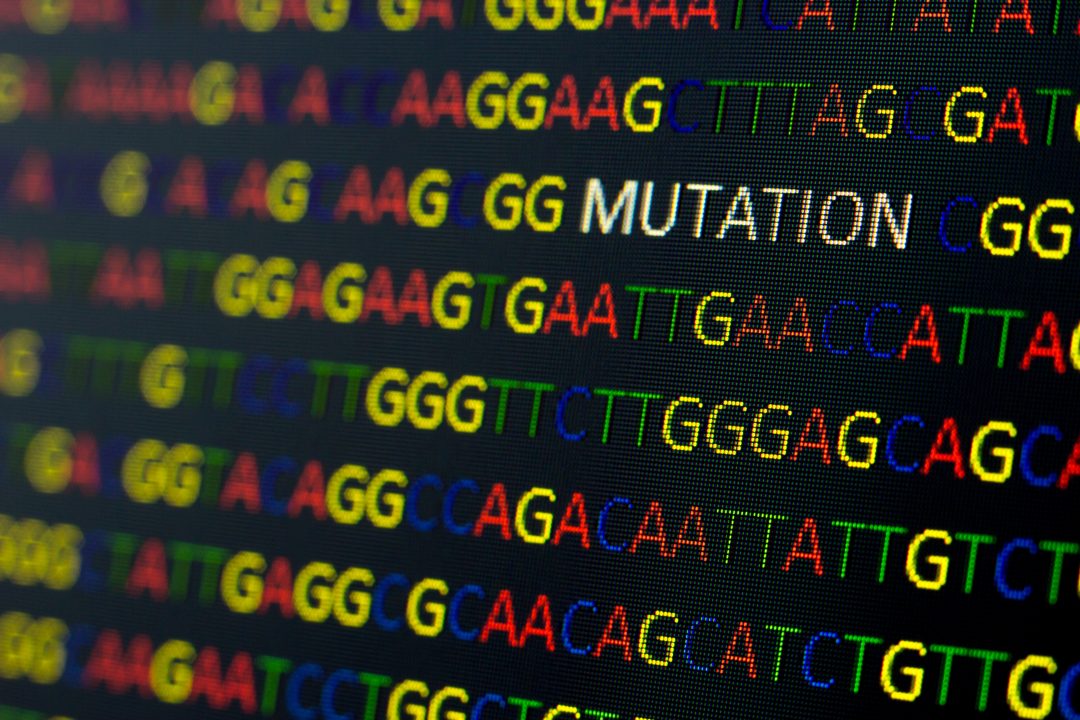Knowledge of the sequences of nucleic acid molecules and proteins are central to many aspects of molecular biology. This is no less true for inventions in this field. Accordingly, an important part of patent applications relating to this field is the disclosure of the sequence of nucleic acid or protein molecules. The technical requirements for such disclosure will be changing next year and are introduced in this article.
Up until now, there has been an international system for disclosing nucleic acid and proteins sequences in a format that can be used by patent offices for searching and examination of patent applications. This system is administered by the World Intellectual Property Organisation and is called “WIPO Standard ST.25” If you have applied for a patent including nucleic acid sequences of more than 10 nucleotides in length or protein molecules of more than four amino acids in length then you have almost certainly also filed a “sequence listing” in electronic format in support of your application that is consistent with standard ST.25.
However, as of 1 January 2022 a new standard is going to be used across the world – WIPO Standard ST.26.
The new standard was considered necessary in order that sequence information could be better formatted for presentation and search and that annotation of the sequence listings could be more detailed and more user-friendly. To this end, a new computer program, has been developed by WIPO in which the sequences and annotations thereof are compiled in XML format. This can be conveniently converted into a user-friendly output of the sequence information. Patent attorneys and paralegals around the world are currently being trained to use the new program so that the transition to the new standard is seamless and effectively invisible to clients.
The new standard comes into force on 1 January 2022. This is the “big bang” date for implementation that has been decided internationally and is being rigorously applied by all of the major patent offices. After this date sequence listings filed that are in WIPO Standard ST 25 format will no longer be accepted. It is important to note that it is the filing date and not the priority date of the application that determines whether the sequence listing must be filed in ST.25 or ST.26 format. Thus, if the filing date falls on 1 January 2022 or after then the sequence listing must be WIPO Standard ST.26.
As noted above, implementation of the new Standard ST.26 is likely to be near invisible to clients. However, it should be noted that the definition of nucleic acid sequences and protein sequences that must be included in a sequence listing has changed subtly.
Previously, any nucleic acid sequence of 10 nucleotides or greater had to be included in the sequence listing. This included nucleic acid sequences where one of the bases was defined as “N”, i.e. any nucleotide. This is no longer the case in that nucleotides defined as “N” are no longer counted towards the total of “10 or greater”. For example, the 11-nucleotide sequence “CGA NNT ACT GA” comprises only nine unique nucleotides and thus does not need to be included in a sequence listing.
Similarly, previously, any protein sequence of 4 amino acids or greater had to be included in the sequence listing. This included nucleic acid sequences where one of the amino acids was defined as “N”, i.e. any amino acid. This is no longer the case in that amino acids defined as “N” are no longer counted towards the total of “4 or greater”. For example, the 5 amino acid sequence “QNNRT” comprises only 3 unique amino acids and thus does not need to be included in a sequence listing.
Thus preparations for the new Standard are on track for the “big bang” date of 1 January 2022. Should you have any questions regarding sequences or the extent to which your sequences can be annotated for submission in a patent application (and search by a patent office) then please let your normal Schlich patent attorney know.
Share this article
Our news articles are for general information only. They should not be considered specific legal advice, which is available on request.









